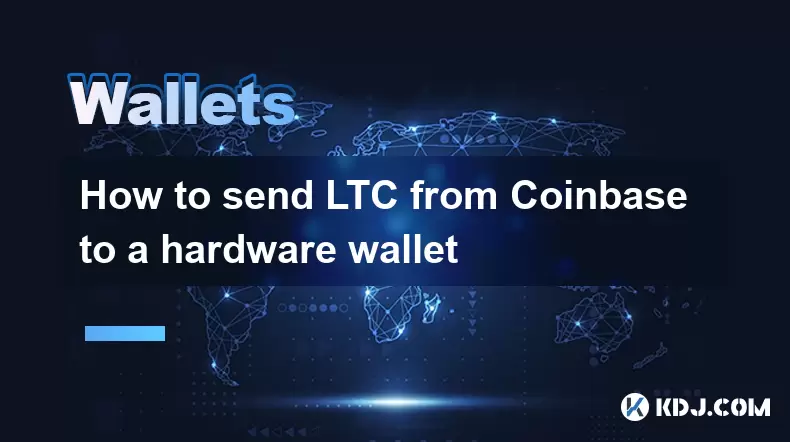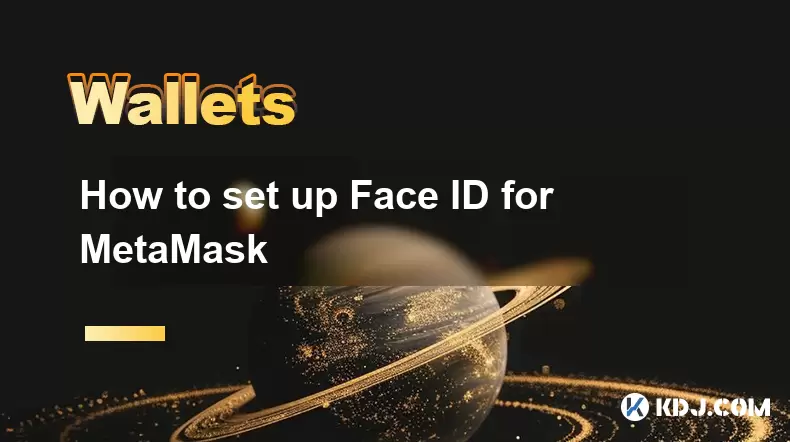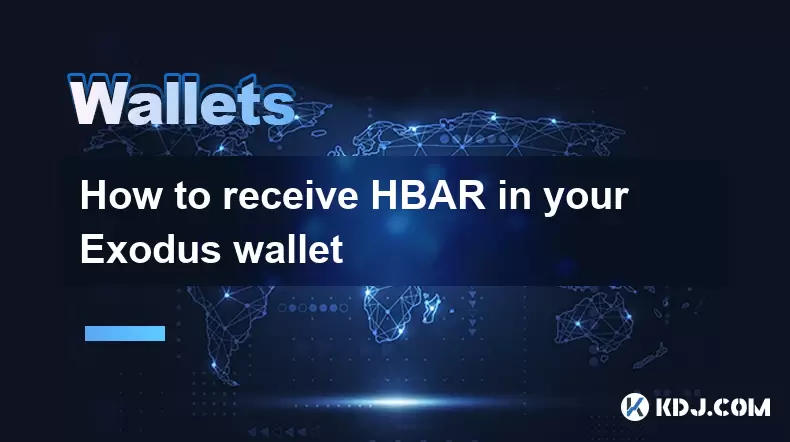-
 Bitcoin
Bitcoin $119600
0.72% -
 Ethereum
Ethereum $4175
-0.54% -
 XRP
XRP $3.207
0.44% -
 Tether USDt
Tether USDt $0.9997
-0.03% -
 BNB
BNB $795.8
-0.80% -
 Solana
Solana $178.4
-0.74% -
 USDC
USDC $0.9998
-0.01% -
 Dogecoin
Dogecoin $0.2273
-2.09% -
 TRON
TRON $0.3405
-0.28% -
 Cardano
Cardano $0.7864
-0.90% -
 Hyperliquid
Hyperliquid $44.43
1.35% -
 Chainlink
Chainlink $21.29
-0.96% -
 Stellar
Stellar $0.4411
0.55% -
 Sui
Sui $3.715
-2.92% -
 Bitcoin Cash
Bitcoin Cash $583.0
2.23% -
 Hedera
Hedera $0.2521
-2.12% -
 Ethena USDe
Ethena USDe $1.000
-0.05% -
 Avalanche
Avalanche $23.18
-1.96% -
 Litecoin
Litecoin $125.0
2.79% -
 Toncoin
Toncoin $3.311
-0.44% -
 UNUS SED LEO
UNUS SED LEO $8.996
-0.53% -
 Shiba Inu
Shiba Inu $0.00001305
-2.49% -
 Uniswap
Uniswap $10.60
-0.11% -
 Polkadot
Polkadot $3.910
-2.51% -
 Dai
Dai $0.9999
-0.03% -
 Cronos
Cronos $0.1640
2.00% -
 Ethena
Ethena $0.7932
4.93% -
 Bitget Token
Bitget Token $4.371
-1.10% -
 Monero
Monero $267.2
-1.09% -
 Pepe
Pepe $0.00001154
-3.46%
How to send LTC from Coinbase to a hardware wallet
Send LTC from Coinbase to your hardware wallet by verifying the address on the device, using a small test transaction, and confirming 6 blockchain confirmations for security.
Aug 11, 2025 at 02:50 pm

Understanding the Basics of Sending LTC from Coinbase
Sending Litecoin (LTC) from your Coinbase account to a hardware wallet is a secure way to take full control of your private keys and protect your assets from potential online threats. Coinbase operates as a custodial exchange, meaning it holds your private keys on your behalf. To achieve true ownership, you must transfer your LTC to a non-custodial wallet—such as a hardware wallet—where you control the keys.
Before initiating any transfer, ensure your hardware wallet supports Litecoin. Popular devices like Ledger Nano S, Ledger Nano X, and Trezor Model T all support LTC. Confirm compatibility through the manufacturer’s official website. Also, make sure your hardware wallet is set up correctly, with the recovery phrase securely stored and the device firmware updated.
It is crucial to use the correct Litecoin network when sending funds. Litecoin operates on its own blockchain, and sending LTC over the Bitcoin network or another chain will result in permanent loss of funds. Always double-check the receiving address format—Litecoin addresses typically begin with L, M, or 3 (for P2SH addresses).
Setting Up Your Hardware Wallet for Litecoin
To receive LTC, your hardware wallet must have a Litecoin wallet configured. This process varies slightly depending on the brand.
- Connect your Ledger device to your computer and open the Ledger Live application.
- Navigate to the "Accounts" section and click "Add Account".
- Search for Litecoin and select it to create a new LTC wallet.
- Confirm the account creation on your Ledger device using the physical buttons.
- Once created, click on the Litecoin account and select "Receive" to view your public address.
For Trezor users:
- Connect your Trezor to your computer and open Trezor Suite.
- Go to the "Assets" tab and enable Litecoin if it isn't already visible.
- Click "Receive" under the LTC section.
- Your receiving address will be displayed; verify it on the device screen for authenticity.
Always verify the address on the hardware wallet’s screen before using it. This prevents malware from altering the address during clipboard copy-paste operations.
Withdrawing LTC from Coinbase to External Wallet
Once your hardware wallet is ready, proceed to withdraw LTC from Coinbase.
- Log in to your Coinbase account via the web browser (recommended over mobile for better visibility).
- Navigate to your portfolio and locate Litecoin (LTC).
- Click on "Send/Receive" next to your LTC balance.
- In the "Send" tab, paste the Litecoin address from your hardware wallet into the recipient field.
- Carefully compare every character of the address displayed on your screen with the one shown on your hardware wallet. Even a single incorrect character can lead to irreversible loss.
- Enter the amount of LTC you wish to send. Consider sending a small test transaction first (e.g., 0.01 LTC) to confirm everything works correctly.
- Review the network fee. Coinbase automatically calculates this, but you cannot adjust it.
- Confirm the transaction using your two-factor authentication (2FA) method.
After confirmation, the transaction will be broadcast to the Litecoin network. You can track its progress using a blockchain explorer like blockchair.com or ltc.bitaps.com by entering the transaction ID.
Verifying the Transaction on the Litecoin Blockchain
Once the transfer is initiated, it’s essential to verify that the LTC reaches your hardware wallet.
- After sending, go back to your hardware wallet interface (Ledger Live or Trezor Suite).
- Wait for the transaction to appear. This may take a few minutes depending on network congestion.
- Check the number of confirmations. Litecoin typically considers a transaction secure after 6 confirmations, which takes approximately 15–30 minutes given Litecoin’s ~2.5-minute block time.
- Use a Litecoin blockchain explorer to search for your transaction by either the sending address, receiving address, or transaction hash.
- Ensure the amount, fees, and destination address match your expectations.
If the transaction does not appear within an hour, check the mempool status to see if it’s stuck due to low fees—though Coinbase usually sets appropriate fees. In rare cases, you may need to contact Coinbase support with the transaction ID.
Security Best Practices During the Transfer Process
Transferring cryptocurrency involves multiple attack vectors. Follow these practices to minimize risk.
- Never enter your recovery phrase on any computer or website.
- Always verify the receiving address on the hardware wallet’s screen before confirming the send on Coinbase.
- Avoid using public Wi-Fi when accessing Coinbase or your wallet software.
- Ensure your computer is free of malware; consider using a dedicated, clean machine for crypto operations.
- Enable two-factor authentication (2FA) on your Coinbase account using an authenticator app, not SMS.
- Store the transaction ID (TXID) in a secure location for future reference.
Phishing attacks are common. Always type coinbase.com directly into your browser instead of clicking links from emails. Similarly, download wallet software only from official sources—ledger.com, trezor.io—to avoid counterfeit apps.
Frequently Asked Questions
Can I send LTC directly from Coinbase to a hardware wallet using a QR code?
Yes, some hardware wallet interfaces allow you to scan a QR code to receive funds. However, Coinbase does not support scanning QR codes for sending. You must manually copy and paste the address from your hardware wallet into Coinbase’s send field. Always verify the address on your device screen.
What happens if I accidentally send LTC to a Bitcoin address on my hardware wallet?
Sending LTC to a BTC address—even if generated by the same hardware wallet—will result in permanent loss of funds. Litecoin and Bitcoin use different blockchains and address formats. Always ensure the receiving address starts with L, M, or 3 for Litecoin. Never reuse BTC addresses for LTC.
Why is my transaction taking so long to confirm?
Litecoin transactions typically confirm within minutes. Delays can occur due to network congestion or unusually low fees. Coinbase usually sets adequate fees, but if the transaction is stuck, check its status on a block explorer. If unconfirmed after several hours, it may be dropped from the mempool and funds returned—this can take days.
Do I need to pay a fee to receive LTC on my hardware wallet?
You do not pay a fee to receive LTC. The sender (Coinbase) pays the network transaction fee. Your hardware wallet and its software (Ledger Live, Trezor Suite) do not charge receiving fees. However, always account for the sender’s fee when calculating total transfer costs.
Disclaimer:info@kdj.com
The information provided is not trading advice. kdj.com does not assume any responsibility for any investments made based on the information provided in this article. Cryptocurrencies are highly volatile and it is highly recommended that you invest with caution after thorough research!
If you believe that the content used on this website infringes your copyright, please contact us immediately (info@kdj.com) and we will delete it promptly.
- Superman Takes Flight: A Deep Dive into the Comic Program and Coin Medals
- 2025-08-11 20:30:12
- Shiba Inu's Comeback Trail and the Meme Coin Mania: Can $SHIB Deliver a 12,000x Return?
- 2025-08-11 18:30:11
- Proof of Trust, Transparency, and User Safety: Keeping Crypto Real
- 2025-08-11 18:50:12
- Pudgy Penguins, Bitcoin Penguins, and the $22M Meme Coin Mania: A New York Perspective
- 2025-08-11 17:10:11
- Bitcoin L2 Heats Up: SatLayer (SLAY) Lists on KuCoin Amidst Layer-2 Boom
- 2025-08-11 16:50:12
- Ethereum, Coin Market Cap, and Solfart Token: A Wild Ride in the Crypto Universe
- 2025-08-11 17:50:12
Related knowledge

How to manage your portfolio in Exodus wallet
Aug 08,2025 at 10:07pm
Understanding the Exodus Wallet InterfaceThe Exodus wallet is a non-custodial cryptocurrency wallet that supports a wide range of digital assets. When...

How to reset your MetaMask password
Aug 08,2025 at 01:28pm
Understanding the MetaMask Password Reset ProcessMany users confuse the MetaMask password with the seed phrase or private key, but they serve differen...

How to buy Dogecoin on MetaMask
Aug 08,2025 at 03:42am
Understanding Dogecoin and MetaMask CompatibilityDogecoin (DOGE) is a popular meme-based cryptocurrency that operates on its own blockchain, originall...

How to switch between networks in Trust Wallet
Aug 09,2025 at 11:07am
Understanding Network Switching in Trust WalletSwitching between networks in Trust Wallet allows users to manage assets across different blockchains, ...

How to set up Face ID for MetaMask
Aug 11,2025 at 09:28am
Understanding Face ID and Its Role in MetaMask SecurityFace ID is a biometric authentication system developed by Apple that uses facial recognition to...

How to receive HBAR in your Exodus wallet
Aug 08,2025 at 11:28pm
Understanding HBAR and the Hedera NetworkThe HBAR cryptocurrency is the native token of the Hedera Hashgraph network, a distributed ledger technology ...

How to manage your portfolio in Exodus wallet
Aug 08,2025 at 10:07pm
Understanding the Exodus Wallet InterfaceThe Exodus wallet is a non-custodial cryptocurrency wallet that supports a wide range of digital assets. When...

How to reset your MetaMask password
Aug 08,2025 at 01:28pm
Understanding the MetaMask Password Reset ProcessMany users confuse the MetaMask password with the seed phrase or private key, but they serve differen...

How to buy Dogecoin on MetaMask
Aug 08,2025 at 03:42am
Understanding Dogecoin and MetaMask CompatibilityDogecoin (DOGE) is a popular meme-based cryptocurrency that operates on its own blockchain, originall...

How to switch between networks in Trust Wallet
Aug 09,2025 at 11:07am
Understanding Network Switching in Trust WalletSwitching between networks in Trust Wallet allows users to manage assets across different blockchains, ...

How to set up Face ID for MetaMask
Aug 11,2025 at 09:28am
Understanding Face ID and Its Role in MetaMask SecurityFace ID is a biometric authentication system developed by Apple that uses facial recognition to...

How to receive HBAR in your Exodus wallet
Aug 08,2025 at 11:28pm
Understanding HBAR and the Hedera NetworkThe HBAR cryptocurrency is the native token of the Hedera Hashgraph network, a distributed ledger technology ...
See all articles

























































































